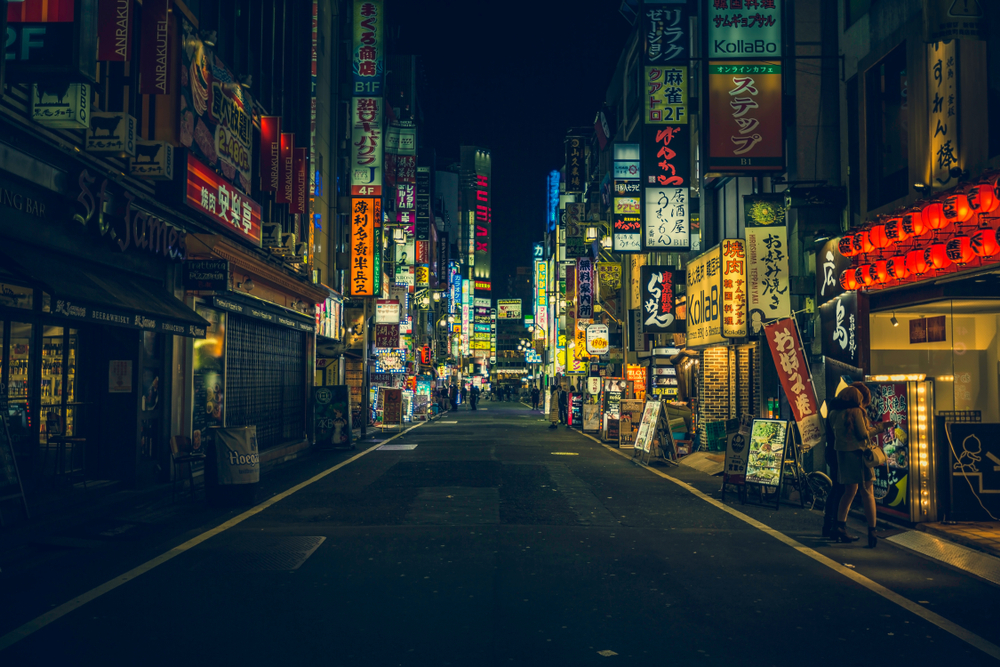
Natsuo Kirino writes about the other face of Japan where the light of wealth and progress does not shine. This author reveals the unpretty things in society and in humans, especially how some people use others for their own benefit. This ugliness has become her trademark.
In her debut novel Out, at first, I thought it is about women fucking men over and getting away with murder. Somehow, it reminded me of an old Japanese film I saw – Cold Fish. Readers will soon realise that there is no crime that goes unpunished, but do they deserve it? The world is unfair and readers learn that hard work is not always rewarded. These women really got the shorter end of a stick and they were struggling to find a way out. In this book, Natsuo Kirino showed how yakuza and loan sharks work and take advantage of the weak.
I think Out is Kirino’s strongest English-translated novel. The plot is riveting and I know the motivations of every character to do what they did. However, I find the attraction of Masako to Satake a bit confusing at the book’s climax.

In Grotesque, Kirino showed the patriarchal society where men ruled the world and how women struggled and compete, not only with men, but also with each other. It’s a cruel world out there for women. It showed how it started in society’s smallest unit – family; then in school; and in the real world. Prostitution is a major theme in this book and showed how beauty can be a woman’s weapon and cause of her demise.
In my opinion, the sister is an unreliable narrator and I feel that the story can get away without her. She is a total bystander or a background character from beginning to end. And the worst thing is, she thinks she is better than everyone else, but she ended up like Kazue and Yuriko.
While she followed the same style of different chapters told from the perspective of the characters, I feel like something is amiss. Kazue and Yuriko’s tales were told through their diaries and she dedicated a whole chapter on the killer’s affidavit, which turned out to be a total BS.

After writing about adults, Natsuo Kirino wrote about highschoolers and the pressure they experience in The Real World. A boy killed his own mother and four girls aid his escape. They all have different circumstances and motivations in helping the boy they called the Worm. It showed how teenagers are plagued with the need to fit in, to heed their parents’ wishes, and to be a socially-accepted adults.
Lastly, Natsuo Kirino move away from modern Japan and went back in time in The Goddess Chronicle, which is a mystical tale of Gods and shrine maidens. However, human darkness remains. Told in the eyes of a miko that was killed by his lover after giving birth, the book also borrowed Japan’s tale of creation – Kojiki. Izanami was betrayed by her husband Izanagi and the former was left in the underworld. When Izanagi went back to ask Izanami not to kill his bride, she went mad and left Izanagi to die in her realm. Izanami resolved to hold on to her grudge and continue her task to take lives thinking she won. But when he died, there is a smile on his face making you wonder who really triumphed?
Natsuo Kirino had an explosive debut with Out and her succeeding works, somehow, are pale in comparison. What I like and hate about Natsuo Kirino’s works are her strong women protagonists. These protagonists met suffering either because of their circumstances or selfish men. However, it seems that these women resigned to their fate.
What do you think of Natsuo Kirino’s works?
i have enjoyed reading each of kirinôs novels, just the last one is still to be read by me
I recommend “The Goddess Chronicle”. It has a different feel from her other works.